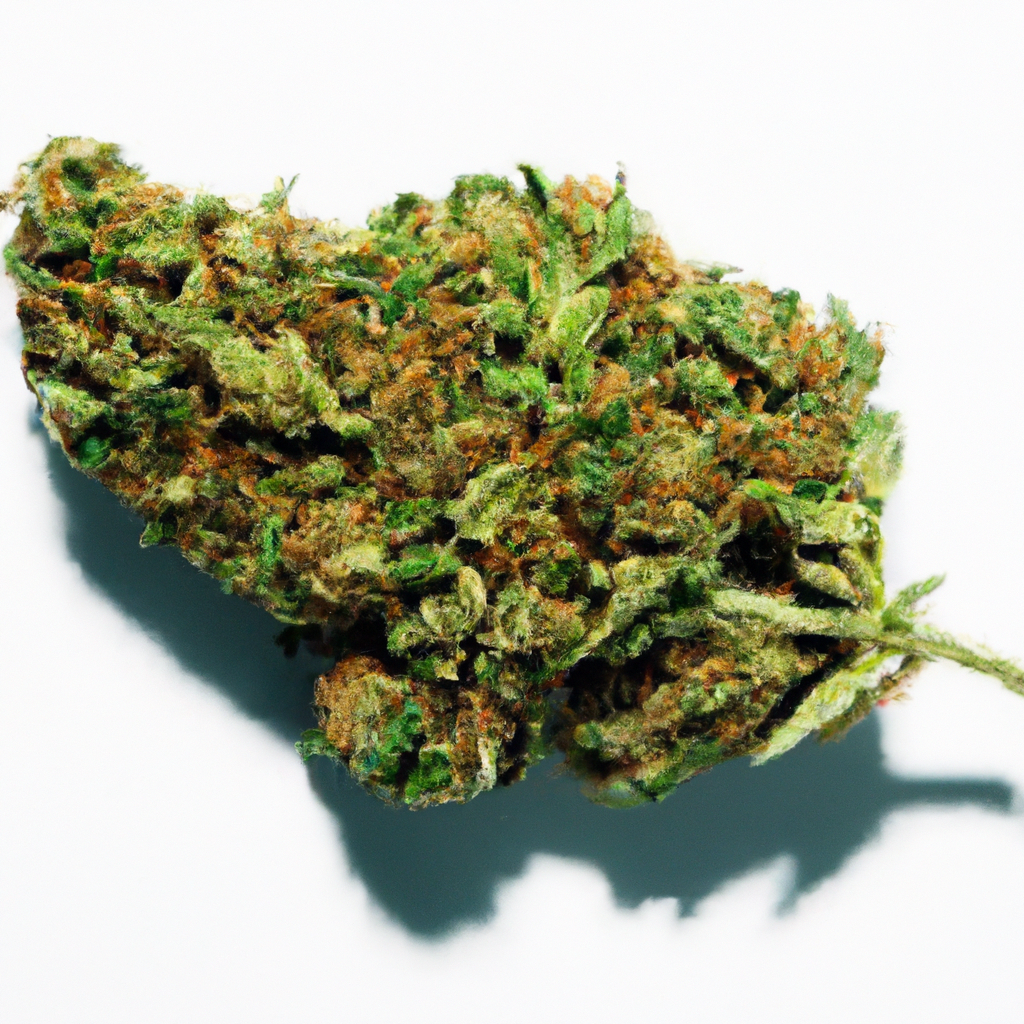Your cart is currently empty!
The complex world of cannabis extends far beyond its recreational use, influencing various physiological processes, including respiration. As scientific research continues to uncover new aspects of cannabis and its effects, understanding how cannabis can impact respiration offers insights into both its therapeutic potential and its risks.
Understanding Cannabis Components and Respiration
Cannabis is rich in cannabinoids, terpenes, and other compounds known for their varying effects on the human body. Notably, THC (tetrahydrocannabinol) and CBD (cannabidiol) are the most researched cannabinoids, each interacting differently with the body’s systems. When it comes to respiration, these compounds may influence respiratory rates, airway inflammation, and sensitivity.
Cannabinoids and Respiratory Health: Potential Benefits
- Anti-inflammatory Properties: Cannabinoids like CBD exhibit anti-inflammatory effects that could potentially reduce airway inflammation, beneficial for individuals with conditions such as asthma.
- Bronchodilation: Some studies suggest that certain cannabis strains may act as mild bronchodilators, potentially aiding in reducing symptoms like shortness of breath.
Potential Risks: Navigating the Challenges
While cannabis might offer some respiratory benefits, there are potential risks involved, especially regarding smoke inhalation:
- Smoke Effects: Inhaling any kind of smoke, including cannabis, can irritate the lungs and respiratory system, potentially exacerbating respiratory conditions.
- Impacts on Respiratory Rate: High doses of THC may affect the respiratory rate, although more research is needed to understand the long-term impact fully.
Alternative Consumption Methods
To minimize respiratory risks, alternative consumption methods can be considered:
- Vaporization: Vaporizing cannabis rather than smoking can reduce the inhalation of harmful substances produced by combustion.
- Edibles and Tinctures: Consuming cannabis orally eliminates the need to inhale altogether, reducing respiratory risks.
Conclusion
As research on cannabis and its physiological effects continues to grow, it is crucial to balance potential benefits with risks, especially concerning respiratory health. By exploring safer consumption methods, users can harness the potential therapeutic properties of cannabis while minimizing harm to their respiratory systems.
For anyone considering cannabis in their wellness routine, it’s advisable to consult with healthcare professionals, particularly in managing pre-existing respiratory conditions.
Understanding the profound effects of cannabis on respiration is just one piece of the overall puzzle, highlighting the importance of ongoing research in cannabis science.
Discover more from Magic Clones
Subscribe to get the latest posts sent to your email.


Leave a Reply